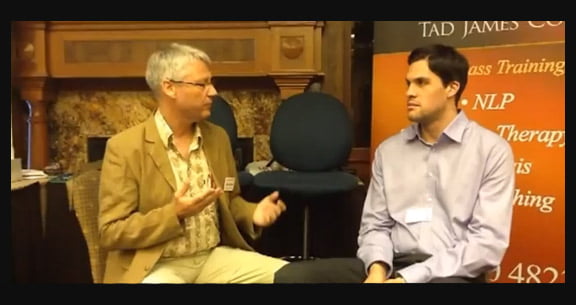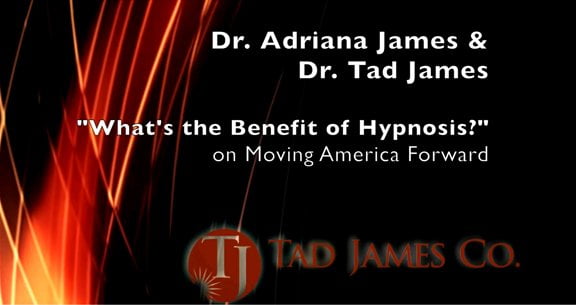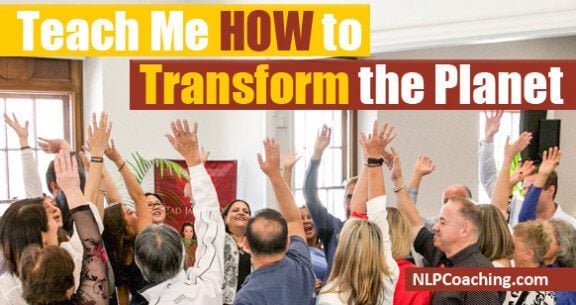Live 1800’s Old Hypnosis Training Demos
Part 3
By Adriana James with Elmar Woelm Ph.D. – Germany
Here we see a demonstration created from Pitre Catlow, Purkinge 1906 Bramwell, Moll 1912
“John Milne Bramwell (1852 – 1925) He collected the works of James Braid the founder of hypnotism and helped to revive and maintain Braid’s legacy in Great Britain. He studied hypnotism thoroughly, including that employed in France at Paris and Nancy. He was himself a renowned practitioner of hypnotherapy.”
Here is what Bramwell had to say about hypnotism and hypnosis.
“Braid was the first to employ the term “hypnotism,” and did so at the commencement of his researches, when he believed the condition to be one of artificial sleep. Later, he proposed to abolish his entire terminology, as he recognized that the patients always retained consciousness, and were often obviously wide awake.
“I have, however, endeavoured to make it quite clear in this little book that by those terms I only mean there has been induced by ˜suggestion’ a condition of increased suggestibility [,]”1
Albert Moll (1862- 1939) was a serious researcher in the field of Hypnosis. A German psychiatrist, Moll wrote a book called Hypnotism (1889) in which his knowledgeable observations that resulted from his experimentation with hypnosis as well as of the history of hypnotism.
Moll was a firm believer in hypnotism, but not mysticism. 2
Elmar was very kind and wrote a description of his induction for us.
Enjoy!
1 Bramwell , j. Milne, Hypnotism and Treatment By Suggestion, Funk and Wagnalls Company, New York, 1910, Preface p. V-VI
2 Moll, Albert (1902) Christian science, medicine, and occultism (translated by F.J. Rebman) Rebman Ltd, London; as quoted by Wikipedia.org
![]()
Kinesthetic Induction of Hypnosis
Elmar Woelm, Ph.D.
During the early times of western hypnosis there were various people who described procedures of inducing trance by kinesthetic means. The touch of certain parts of the body (hypnogenic zones) was observed as a way to put people into a hypnotic state (Pitre, Catlow, Purkinje, Spitta, cited in: Binet & Fréré, 1887, Bramwell, 1906 and Moll, 1912.) One of the zones that is often named to be especially useful is the forehead. As I had already seen some stage hypnotists using such a kind of induction by touching and stroking the forehead of a subject, I got interested to experiment with it.
There are only little specifications about the procedure in the cited books. Thus I elaborated a method of my own which should work for many people and which may easily be adjusted for individual needs. It is a combination of kinesthetic touch and verbal suggestions. As my favorite hypnotherapeutic attitude and style is mainly based on Ericksonian approaches the presented induction is also very much influenced by Ericksonian attitudes.
Other experiments showed that a combination of verbal suggestions with touch can always be very effective. Besides the forehead favorite areas of the body are the shoulders, back, chest and arms. We should always ask the client before trance induction if he agrees being touched at the intended areas.
The procedure
- Establish rapport, using hypnotic language patterns. Especially make use of the yes set. Also start to seed the idea of trance. If the subject has already experience in trance utilize this knowledge.
- Explain the client what you are intending to do and ask if it is okay that you touch him:
“Is it okay if I touch you, your head, forehead, maybe shoulders and arms to support you to go into a comfortable deep trance? – Fine!
In a moment, not yet, I will ask you to take a deep and comfortable breath while I’ll take my hand in front and above of your head. Then look at my hand, please. I will then lower my hand to your forehead. Hold the breath until my hand touches your forehead. Then exhale, close your eyes and go deeply and comfortably into trance.”
- Start doing what you have just explained as trance induction. If helpful give further suggestions.
- Explain next step:
“In a few moments I will stroke your forehead a few times (tapping is also possible). This will be very comfortable and agreeable.
With each stroke allow yourself to go deeper and deeper in trance.”
- Do what you just have explained, stroking the forehead of the subject with your thumb or index and middlefinger.
Give further suggestions for comfort and deepening.
Continue stroking the forehead as long as needed for good trance depth.
You can also put your hands on the shoulders and press slightly downwards while giving deepening suggestions.
- If you have doubts about the depth of the trance and want to be sure, do some tests like eye closure, arm catalepsy, amnesia, anesthesia or similar.
- Do the trance work that is most helpful to support the subject to achieve his goals.
- Exit trance and support client out be fully awake.
As to 7., in traditional directive approaches such trance work usually consists in direct and authoritarian statements about the development of the client in concern of his goals (posthypnotic suggestions).
Other approaches would for instance use the trance state to make some helpful creative elaborations or revivifications of resourceful experiences that can be utilized to achieve the goal. Even hypnoanalytic approaches like the affect bridge (Watkins, 1971) may be used. In the latter cases we would support the transference of those experiences into everyday life with according posthypnotic suggestions. According to my experience posthypnotic suggestions (no matter if direct and authoritarian or indirect or permissive) are quite more effective if they are given after the client has made a tangible, precise experience in trance of what he wants to achieve. Simple verbal statements as suggestions are far less effective. Insofar the demonstration on the video is only a short version due to demonstration purposes of the intended trance induction.






